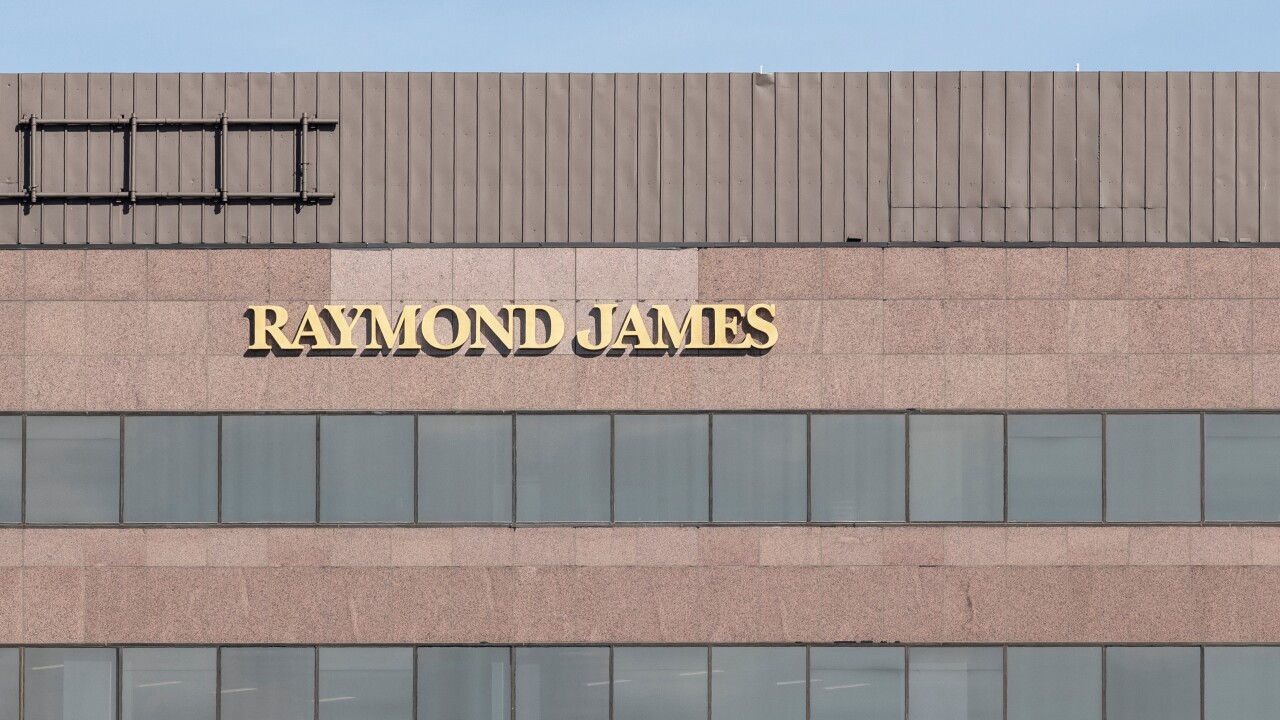Investors in startups and rank-and-file employees of companies that may one day hit the big time face a jolt in the federal spending and tax bill now making its way through Congress. But while the legislation calls for slashing major tax benefits for such shareholders, some wealth planners see a clever way to substantially avoid that pain.
Others say the possible workaround is uncertain.
Barely four months after the Treasury Department

If the proposal becomes law, “it’s gonna hit someone who has just joined a startup that got acquired and all of a sudden has a life-altering amount of wealth,” said Bruce Brumberg, the co-founder and editor-in-chief of myStockOptions.com, an online compensation research and financial planning firm in Brookline, Massachusetts.
It’s not just entrepreneurs, seasoned executives and bright young things working for companies that aim to become a Twitter or a DoorDash who could rake in less money.
Brian Graister, the co-founder and CEO of Pennington Partners & Co., a private strategy and investment firm in Bethesda, Maryland, for entrepreneurs and family offices, said the proposal would also reduce profits for high net worth individuals who make under-the-radar "angel" investments in private companies that may one day hit the big time. “You’re planning to buy a house, and you’re assuming that liquidity would be tax-free, and now it wouldn’t be,” he said.
The
Under the bill before the Senate, investors with founder stock who earn more than $400,000, as well as all trusts and estates, regardless of their income levels, would be able to exclude only half of their gains from tax — not all of them, as is the current rule — when they sell after five years. That’s how long investors have to hold onto the shares before selling to get any tax benefit. The remaining 50% of profits would bear capital gains levies.
The 100% exclusion under the current rules covers stock issued on or after Sept. 23, 2010. Shares issued before then currently get a 75% or 50% tax discount. Either way, the proposal would slice everyone’s tax benefit by half.
One the one hand, that’s not a total disaster, advisors said.
“A maximized 50% benefit is better than nothing, so to speak,” said Kevin Brady, an assistant vice president and certified financial planner at Wealthspire Advisors in New York. But he added that “the reality of it is, people were planning in good faith and relying on” the current benefit.
‘Two horses’
It’s

The idea involves using a second lucrative tax benefit for investing in so-called Qualified Opportunity zones. Created during the 2017 tax-code overhaul under then-president Donald Trump, that perk allows investors in businesses and funds set up in low-income communities to avoid capital gains taxes on their profits after a decade. That’s twice as long as the time frame currently required for the tax break on founder stock.
Of the more than 8,700
Some core details: For an investment to
Here’s a simplified guide to what to do if the tax proposal passes, according to Blake Christian, an accountant and partner at accounting firm Holthouse Carlin Van Trigt in Park City, Utah.
Middle-affluent investors with income over $400,000 or trusts of any size would sell their founder stock, sucking up their loss of the 100% tax break and paying capital gains tax on half of their remaining gain. That tax hit can’t be avoided. Then they would roll that other chunk of money into an OZ fund within 180 days as required under IRS rules. After 10 years, all of the appreciation would be free of additional capital gains tax, meaning that the move preserves much of the tax-free benefit of the founder stock.
Another option: The founder stock seller can set up an OZ fund as a partnership or limited liability company (LLC) to invest in an OZ-qualified property or business.
Once the business starts to make money, the investor changes it to a C corporation — the required business form to issue founder stock — and converts her LLC’s shares to the special stock.
Remember that the time frame for OZ’s full benefit is 10 years, a period that many savvy investors consider too long. For founder stock, it’s only five years. Christian’s idea is that by Trojan-horsing founder stock into an OZ fund, the time frame for reaping tax-free gains from the fund can be cut in half.
Meanwhile, after at least 10 years, the investor can switch gears, telling the IRS as is allowed that she wants her founder stock in the OZ fund treated as ordinary shares. That move puts her no longer under the founder stock rules and her gains from the fund are 100% free of federal capital gains tax.
Christian said his private equity and venture capital clients “were like, whoa. This is amazing.” He called the strategy “riding two horses: the QSBS horse and the Opportunity Zone horse. You’re under the OZ umbrella, so when you sell it after 10 years, you’re home free.” He called the strategy “two bites at the tax apple.”
Not everyone is convinced that would work in reality.
For example, he said, IRS rules say that an OZ investment needs to spend 63% of its cash on tangible property. But “none of these startups are going to spend that,” he said.








